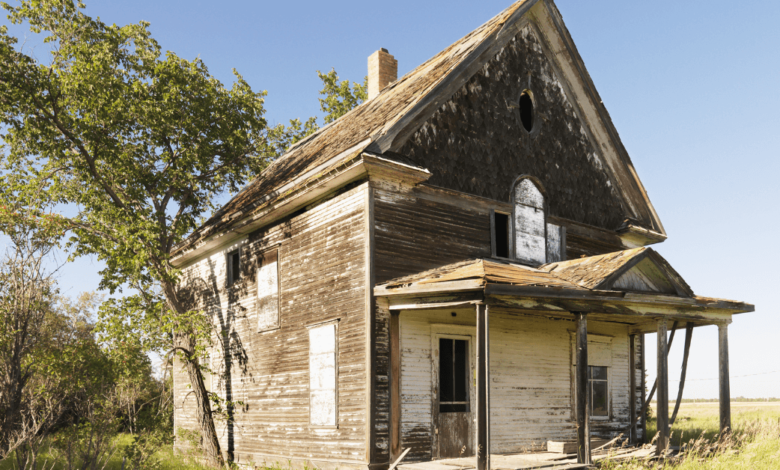How to Make a Housing Disrepair Claim

You could be entitled to claim compensation for housing disrepair if you are living in a property that is suffering from disrepair. Taking legal action can force the landlord to carry out repairs and may earn you the compensation you deserve.
The housing disrepair claims process is a complicated one but there are some steps you can take to ensure your claim is successful.
Keep records
If you are a tenant, it is crucial to keep accurate records of any repairs you report to your landlord. This will help you to prove your case in court if a claim for disrepair is made against you.
Landlords should also ensure they have good records of repair issues and call logs. These can be critical in a court of law, especially where tenants assert that they have reported repair issues but have never received a response.
It is important to adhere to the Pre-Action Protocol for Housing Conditions Claims (England) when navigating a disrepair claim, which can avoid protracted litigation and allow for early settlements. Failure to adhere to this protocol can be a costly mistake and could result in a landlord being liable for your costs should you decide to go to court. Contact a housing disrepair solicitor leeds to make a housing disrepair claim.
Keep copies of correspondence
If you’re considering making a housing disrepair claim, you will want to keep copies of all correspondence from your landlord. This can include emails, letters, and even text messages.
It is also worth keeping a copy of any phone calls you make to your landlord. These should be recorded with the time and date of the call, the issue you raised, and who was on the other end of the line.
You should also keep a log of all repairs you have carried out to your property. This will help you to make a successful housing disrepair claim, and could save you money on the legal fees involved!
It is also a good idea to take photographs of any damage that has occurred due to the disrepair, as these are often a great way to show how the problem has affected you. This is especially true if the damage caused to your possessions was due to mold, damp, or water damage.
Keep evidence of the damage
Keeping evidence of the damage is crucial when making a housing disrepair claim. It helps prove that you’ve made your landlord aware of the problem and provided them with a reasonable amount of time to fix it.
Often, this is done by sending the landlord a report and requesting that they take photographs of the property. Having these records is also vital for any future legal proceedings should you decide to pursue them.
If your home has suffered significant damage because of the negligence or mismanagement of your landlord, you may be able to make a compensation claim. We can assist you with filing your claim and provide you with a damages evaluation.
Our team of experts is qualified in preparing litigation claims for general and special damages, maximizing your compensation award for the stress, inconvenience, and downturn in quality of life that is caused by the housing disrepair you have experienced. We can also advise on the correct process to follow for a successful claim, so contact us today to get your no-win no-fee quote.
Take photographs
When making a housing disrepair claim, taking photographs is a very important part of the process. This will allow you to show your landlord that the property has been left in a state of disrepair and will help your solicitor build a case against them.
It is important to remember that your landlord has a legal obligation to maintain the premises in a reasonable condition. This is sometimes referred to as the landlord’s ‘duty of care’.
Your landlord’s failure to do this can lead to a variety of consequences, including financial and health damages.
To make a successful claim for compensation, you need to prove that your landlord has not maintained the property in a reasonable condition and that this has caused you distress, discomfort, or ill health.
You should take photographs at the beginning of a tenancy, during repairs, and also at the end of your tenancy. You will want to have as much evidence as possible in order to make your case.





